The Industrial School for Girls operated out of 868 Cassiar Street from 1914 until 1959 and was known as the “house of horror.” Now a residential condo, Cassiar is one of the properties featured on this year’s virtual Heritage House Tour, Thursday June 2. For tickets see: Vancouver Heritage Foundation
This story is from Vancouver Exposed: Searching for the City’s Hidden History
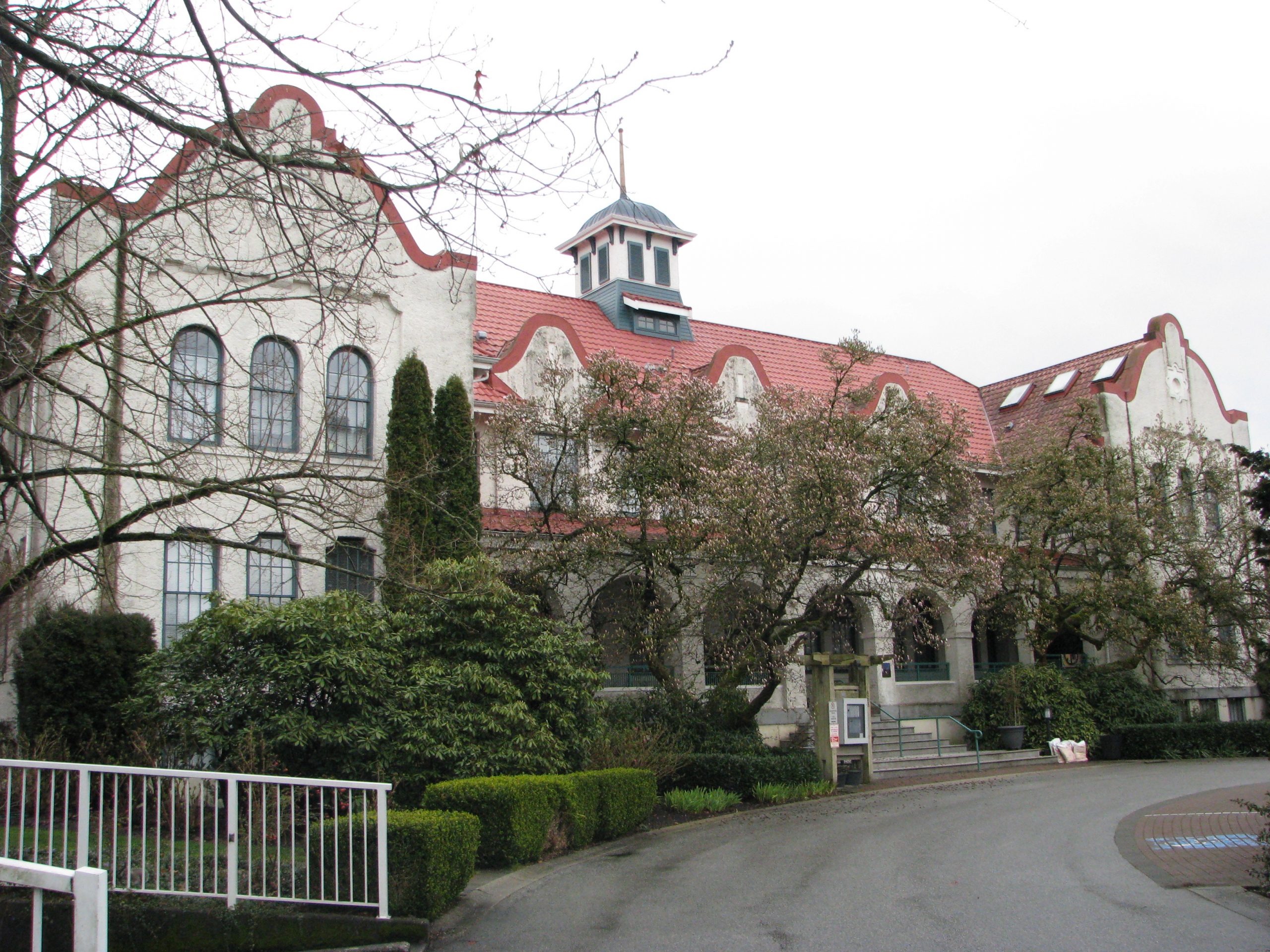
In 1954, 17-year-old Gay Turner was tossed into the Provincial Industrial School for Girls for being drunk. On her first day she was taken to the superintendent’s office and told to shut her mouth, behave herself and take a hairdressing course. The next day she escaped with another girl. “We got drunk and we got caught and we got brought back,” she told me.
New Year’s Eve 1954:
It was New Year’s Eve, and she was locked in the cupola on the roof by herself. “I remember crying and listening to all of Vancouver and I could hear the bells and I heard people yelling ‘Happy New Year’ everywhere.”
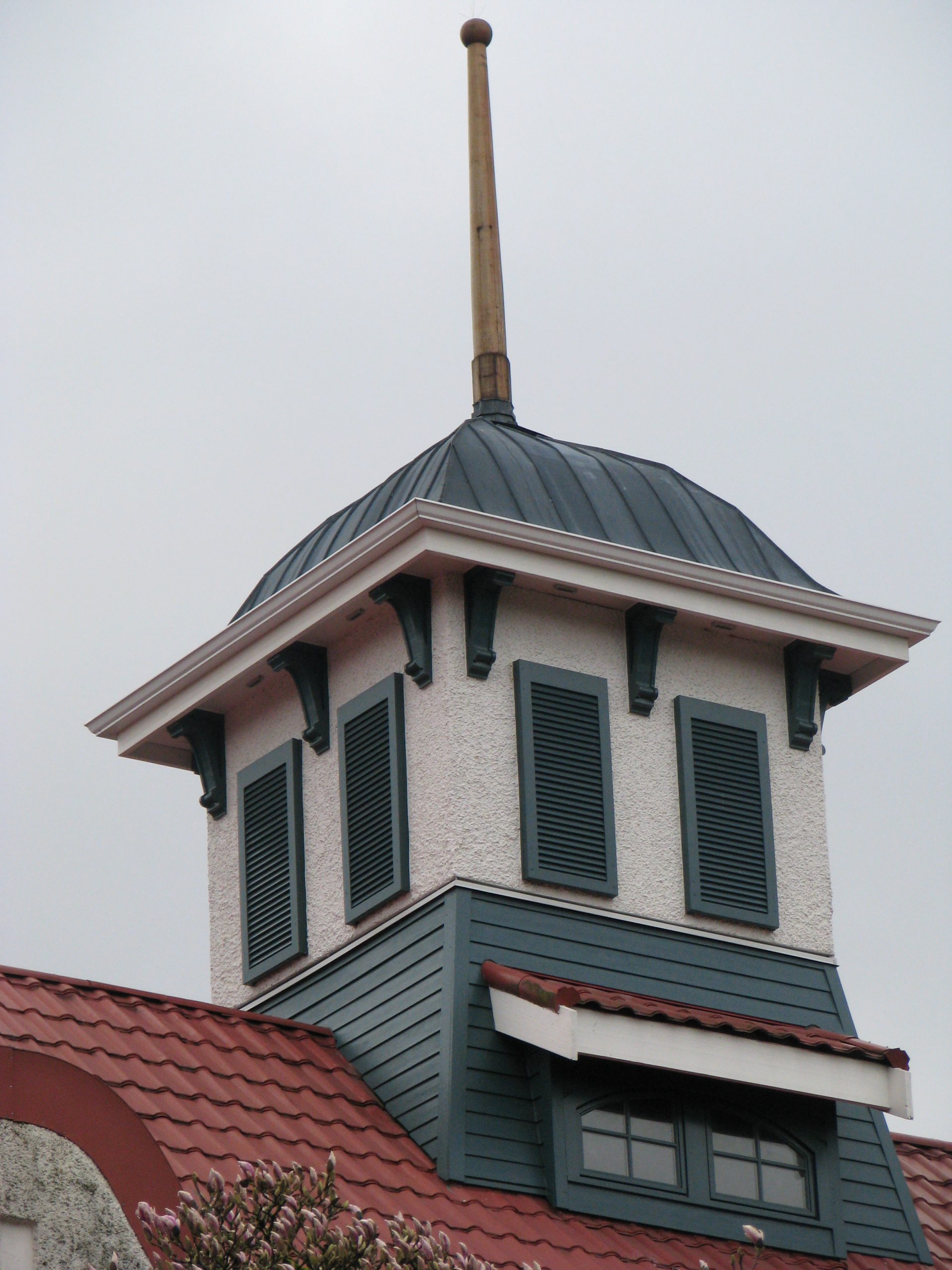
Gay broke one of the panes of glass and slashed at her wrists. The damage was minimal, but she was thrown in the “hole” in the basement. A girl started yelling and others joined in. Soon they were breaking windows and making a lot of noise. “And you know what they did on a winter evening in these unheated cells? They used firehoses, real firehoses,” she says. “One girl was soaked down and left all night and ended up with pneumonia. An ambulance came for her the next day.”
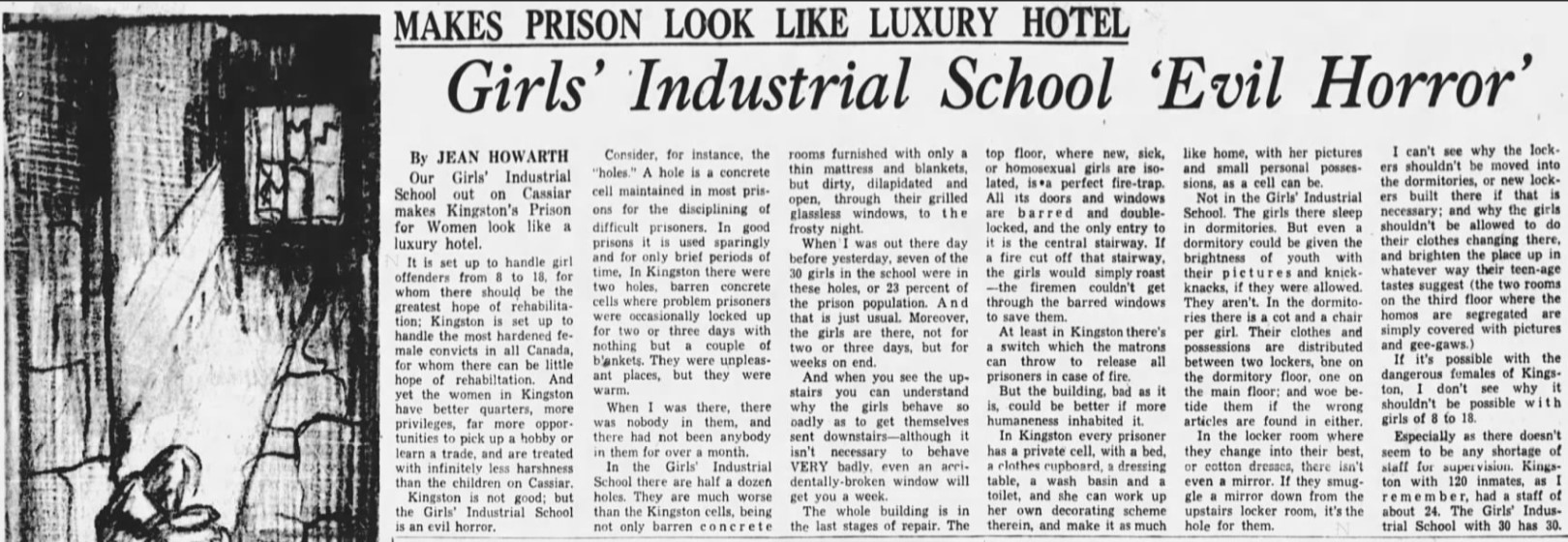
evil horror:
Gay freely admits to being a teenage alcoholic. It was a common offence of the inmates, but so was running away from a violent home, being an orphan or being Indigenous when the residential schools overfilled. The minimum sentence was six months, and the girls ranged in age from eight to 18. She was luckier than most. A sponsor from Alcoholics Anonymous helped get her transferred to Oakalla Prison. “I was ten times better treated,” she says. “I could rave about people who ran that place. I saw some humanity.” Gay spent four months there.
The Provincial Industrial School for Girls opened in 1914 for “the education, industrial training and moral reclamation” of girls under 16 convicted of an offence punishable by imprisonment. The building was surrounded by 14 acres and located on the outskirts of the city in Hastings townsite. By 1918 it was walled up with a six-foot-high fence.
In November 1954, the month before Gay was incarcerated, a report was issued to the provincial health minister. It told of dungeon-like cells with girls sleeping on mattresses and blankets tossed on damp floors. The report noted that all prisoners were lumped together: runaways, prostitutes, those with addictions, mental illness and cognitive disabilities.
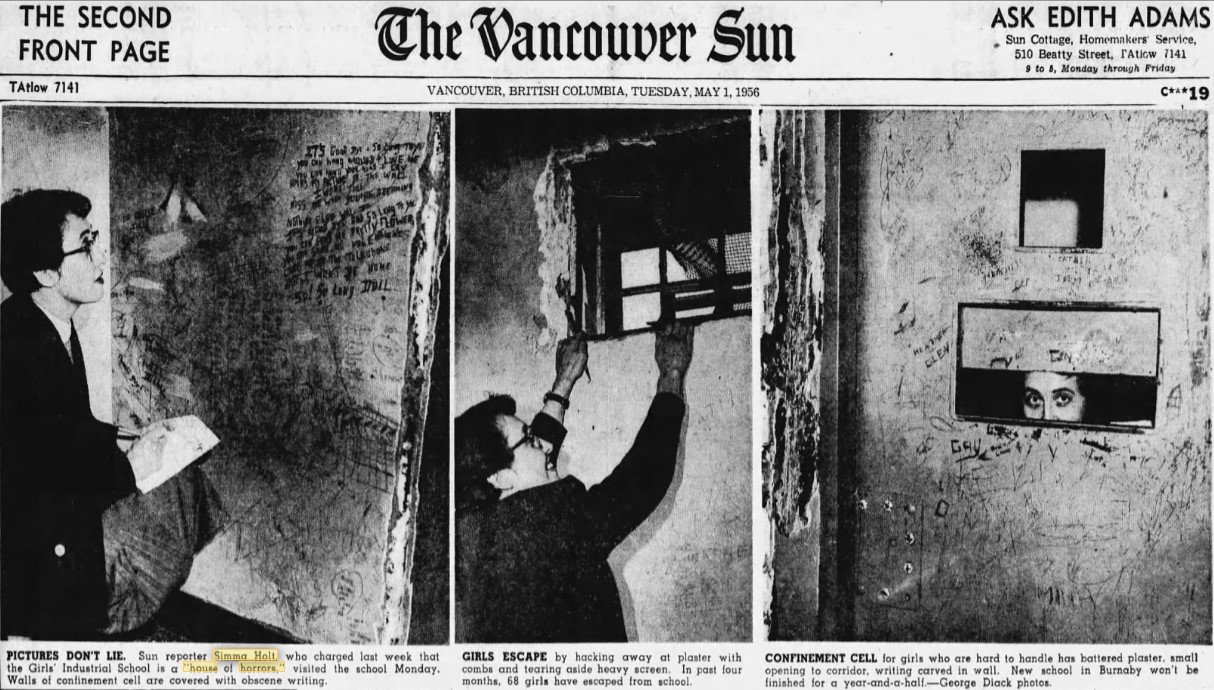
Makes Kingston Prison look like a luxury hotel:
“Our Girls’ Industrial School makes Kingston’s prison for women look like a luxury hotel,” wrote Province reporter Jean Howarth in 1954. “The women at Kingston have better quarters, more privileges, far more opportunities to pick up a hobby or learn a trade and are treated with infinitely less harshness than the children on Cassiar. Kingston is not good; but the Girls Industrial School is an evil horror.”
Two years later, nothing had changed and the Vancouver Sun’s Simma Holt reported on the school. She called it “a house of horror.”
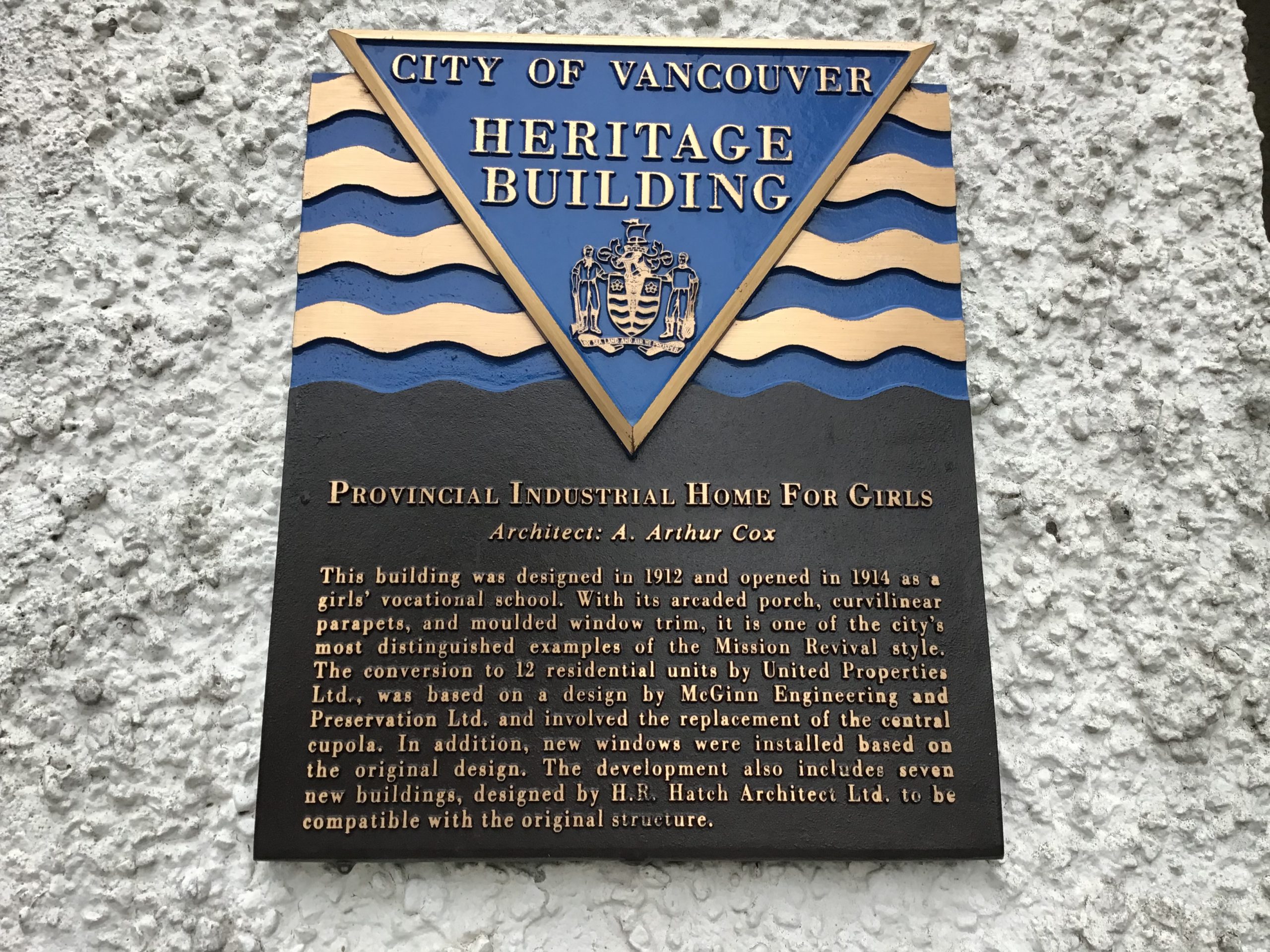
The Cassiar Street institution closed in 1959, after 45 years of operation and the girls were moved to a new building on Willington Avenue in Burnaby. The Cassiar facility was used for provincial government offices until 1995, when it was converted into 12 residential units and surrounded by a 76-unit townhouse development.
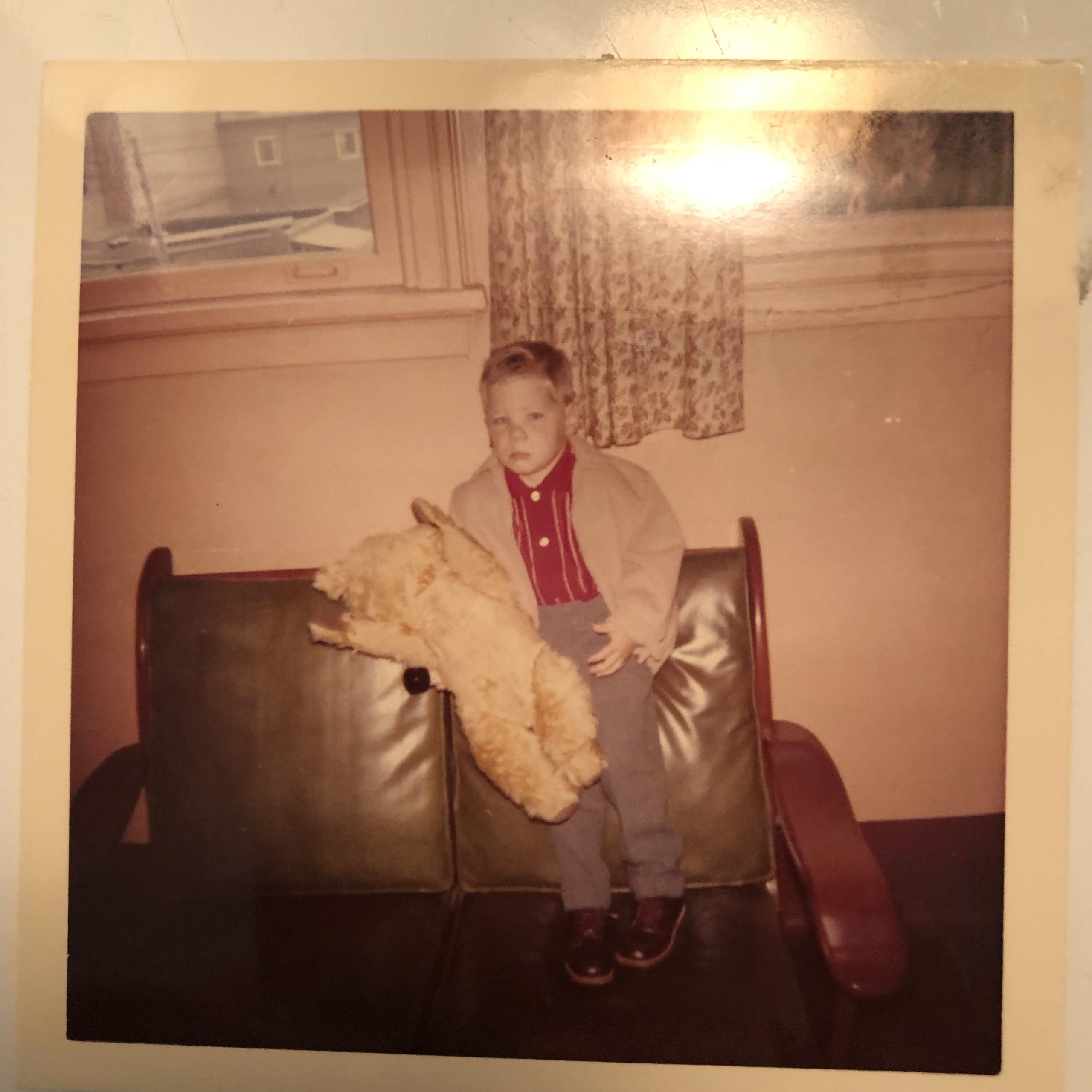
Now a great grandmother, Gay and has been sober since 1992.
© Eve Lazarus, 2022


